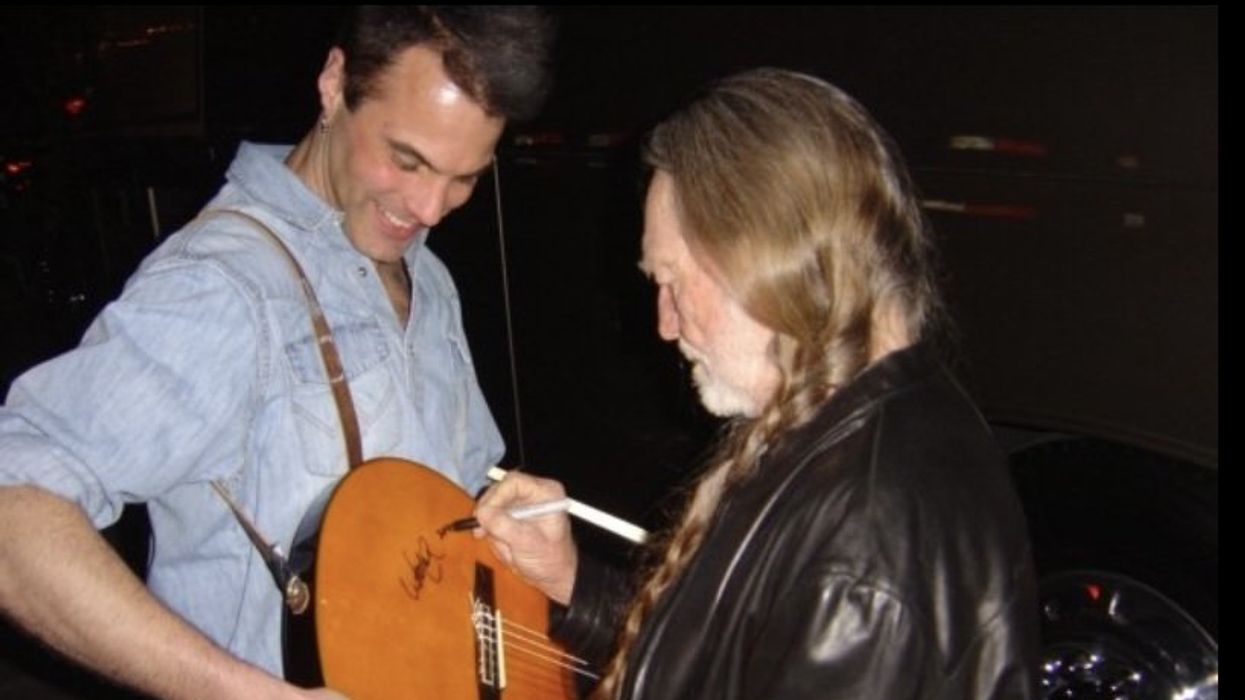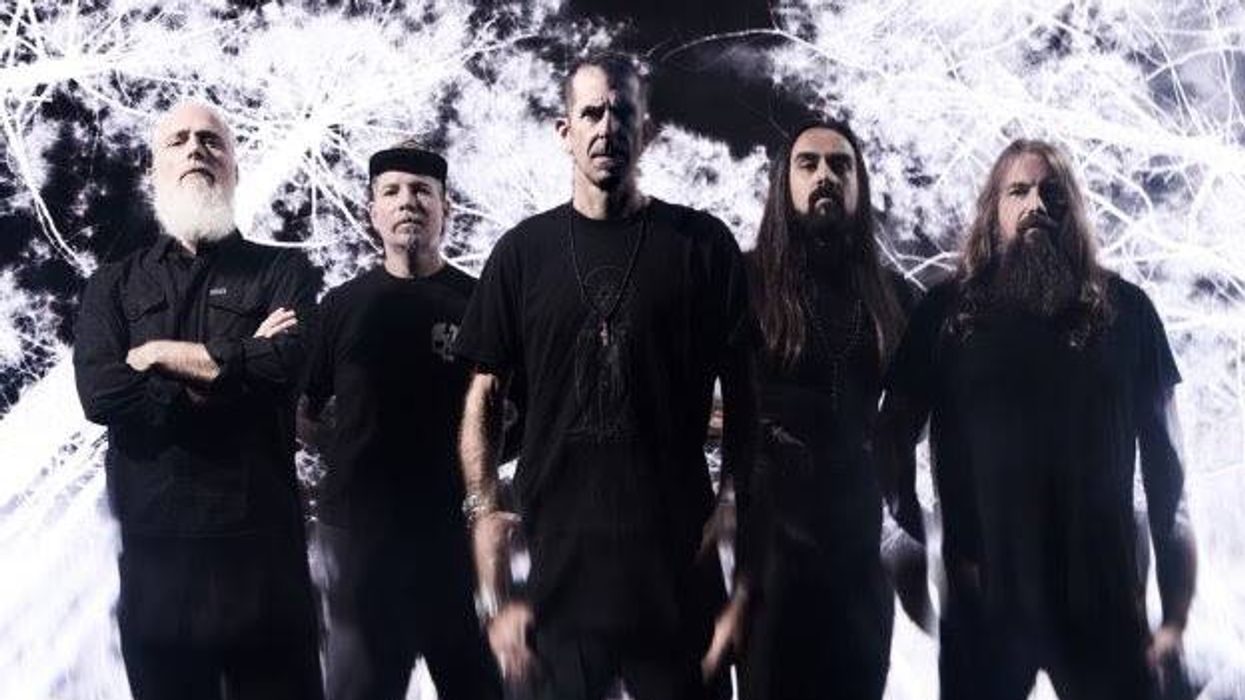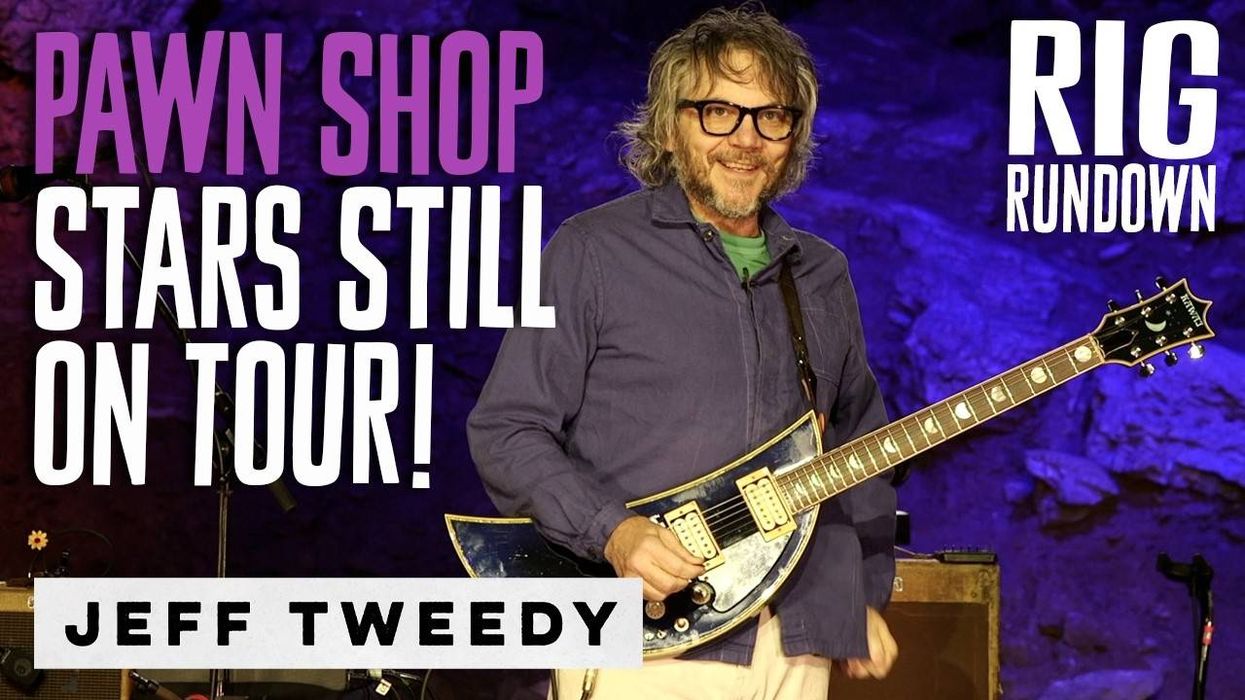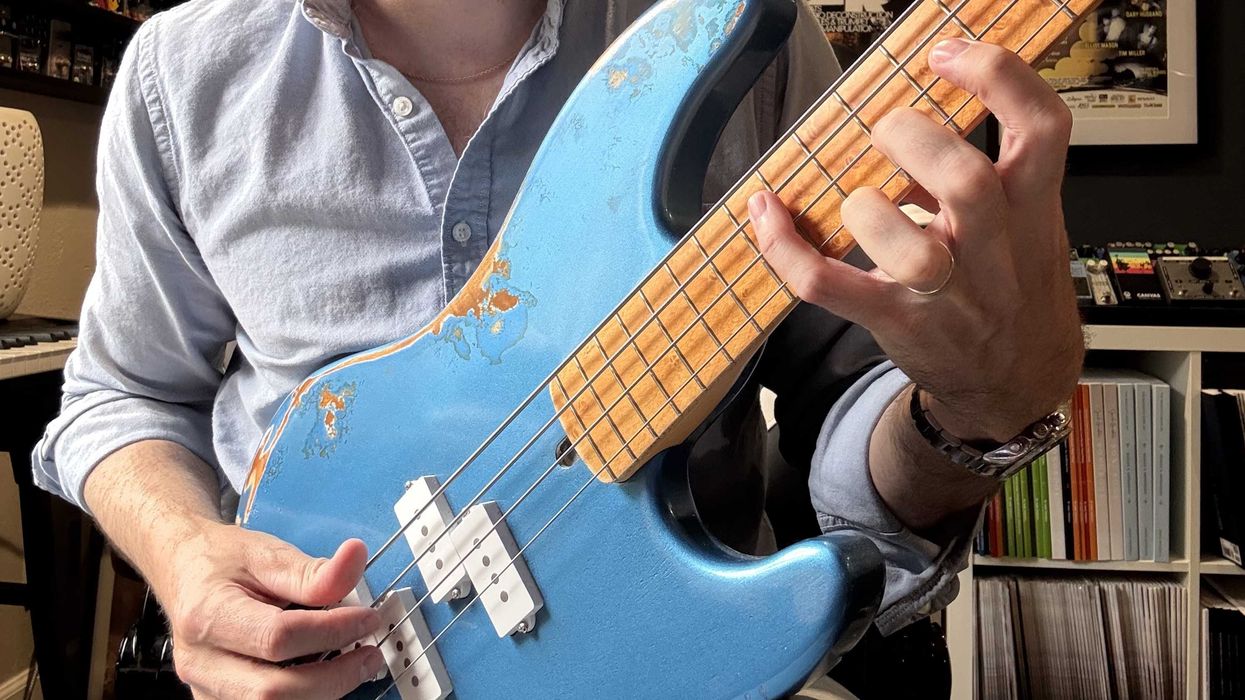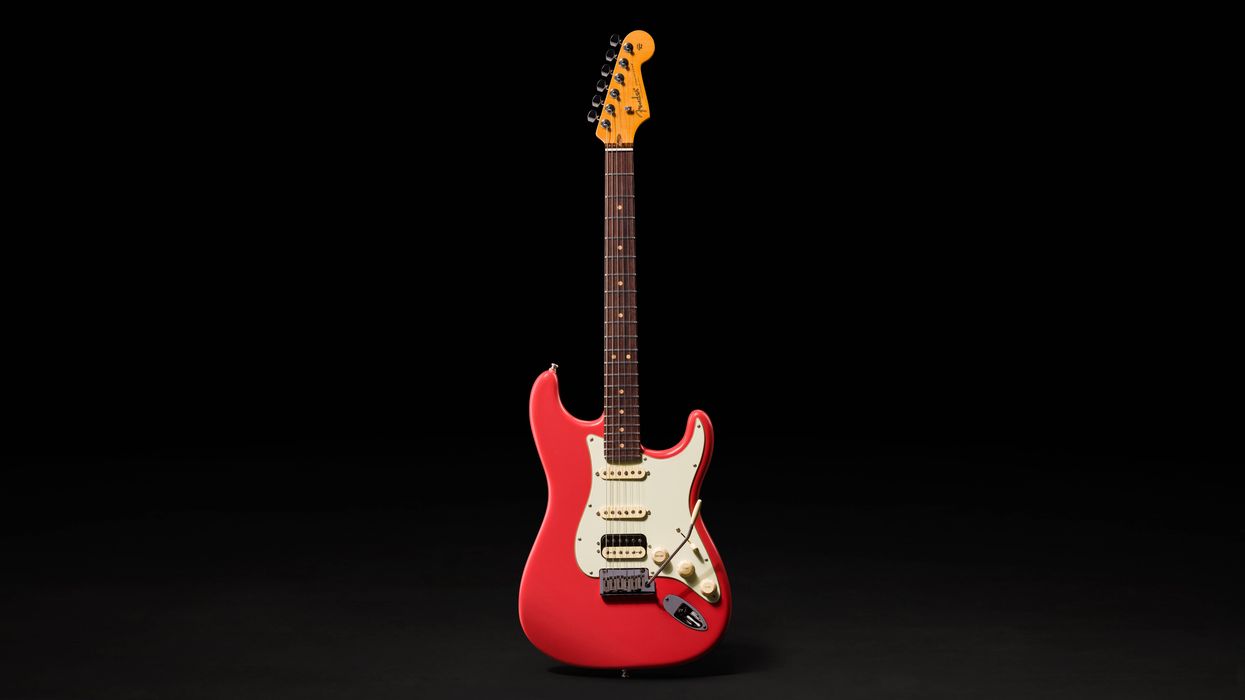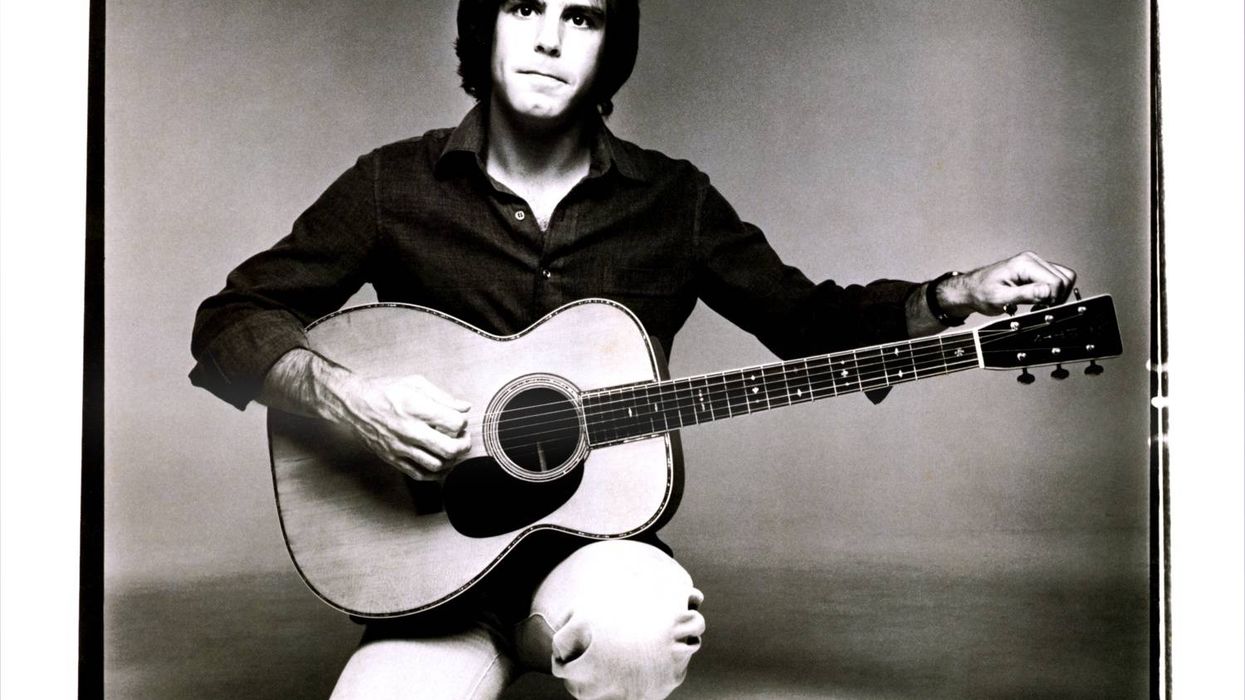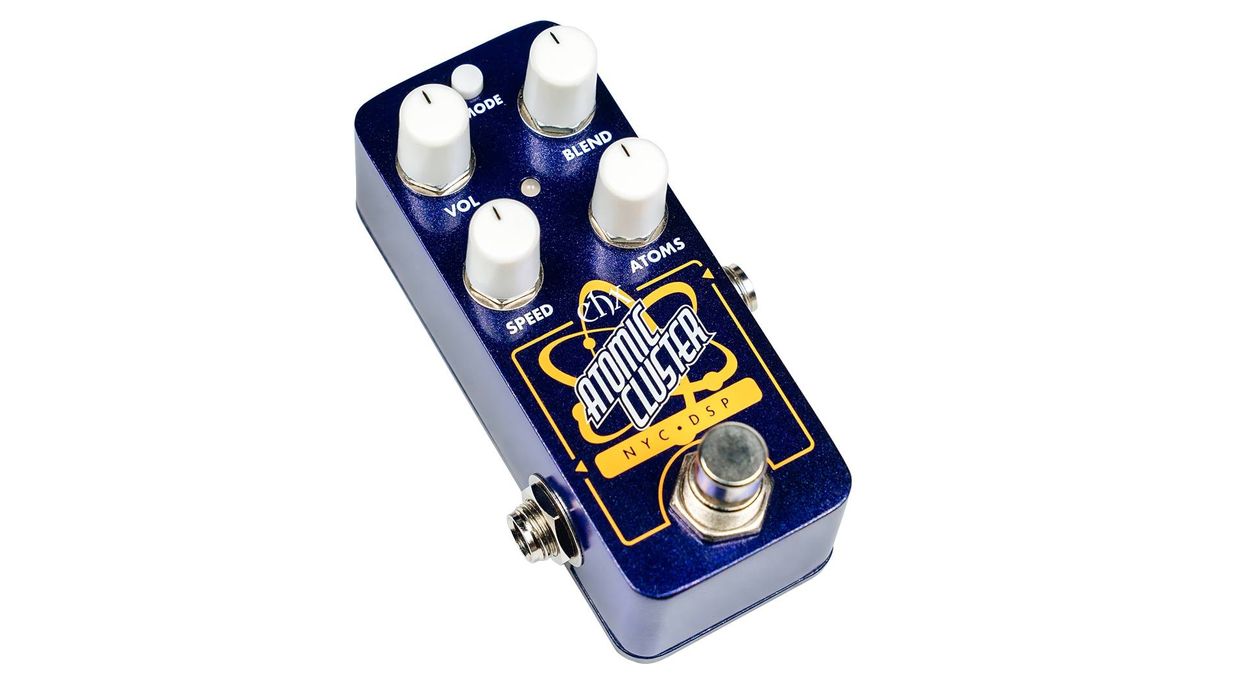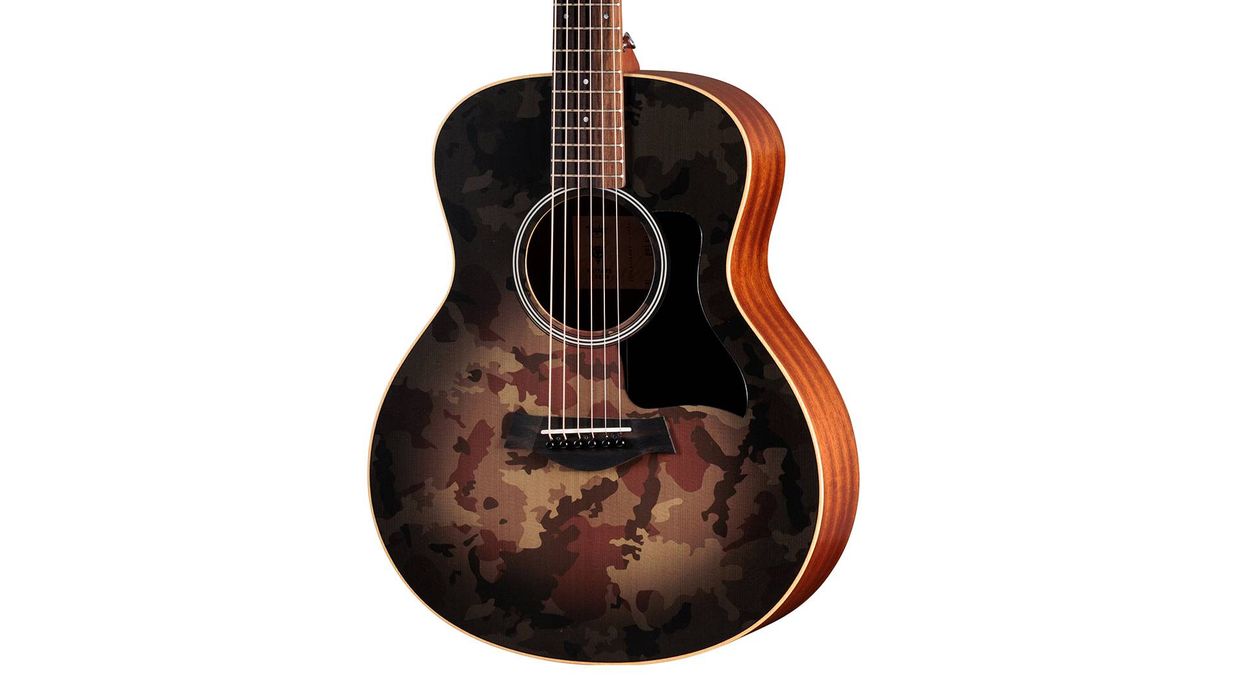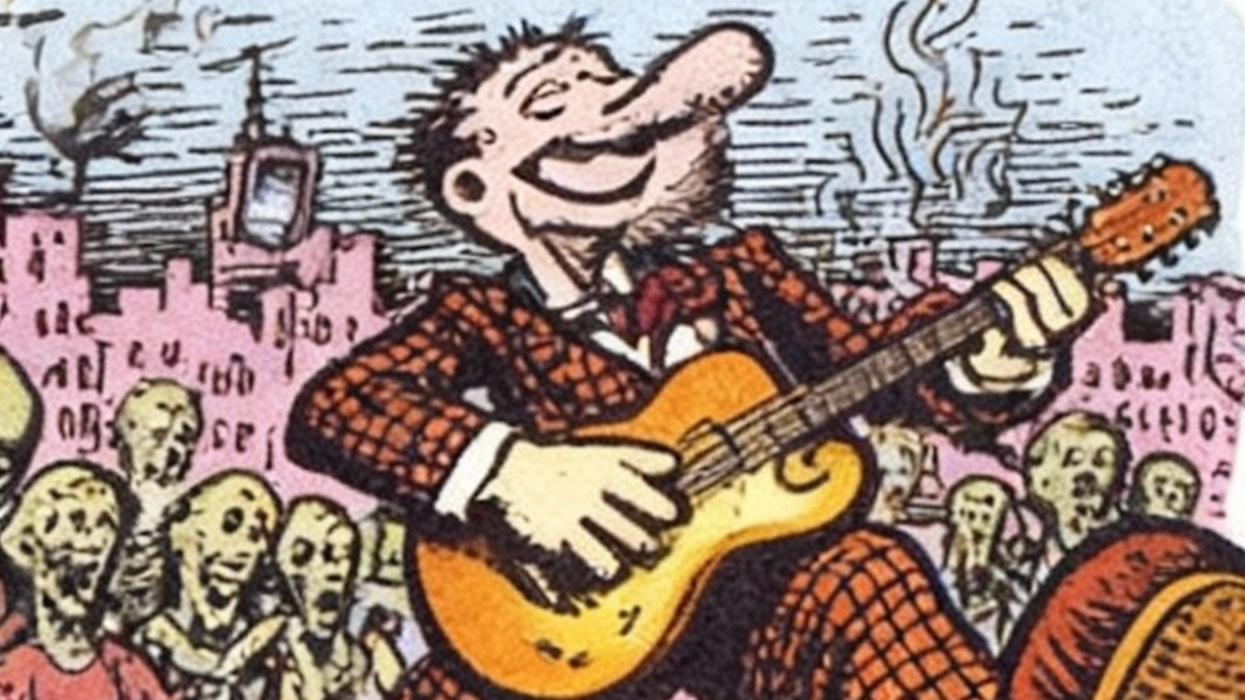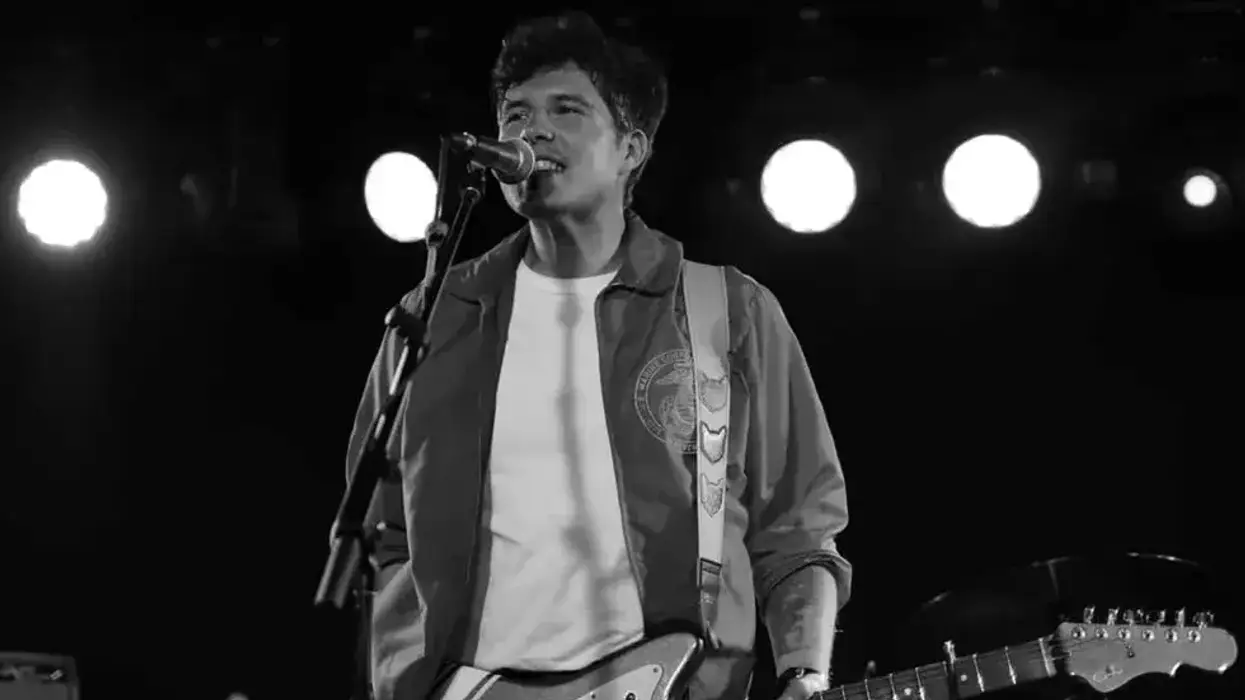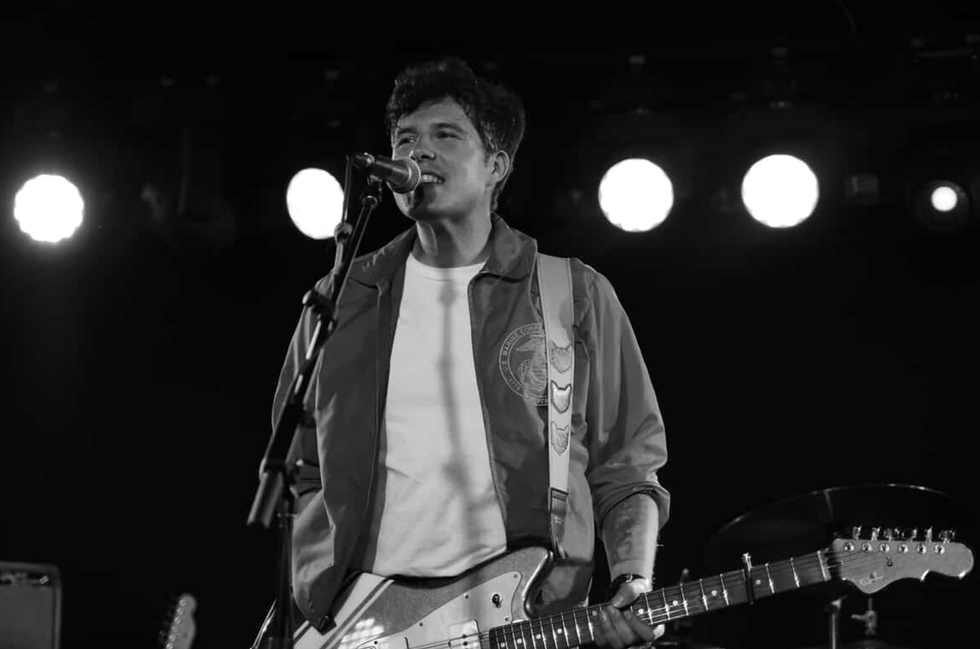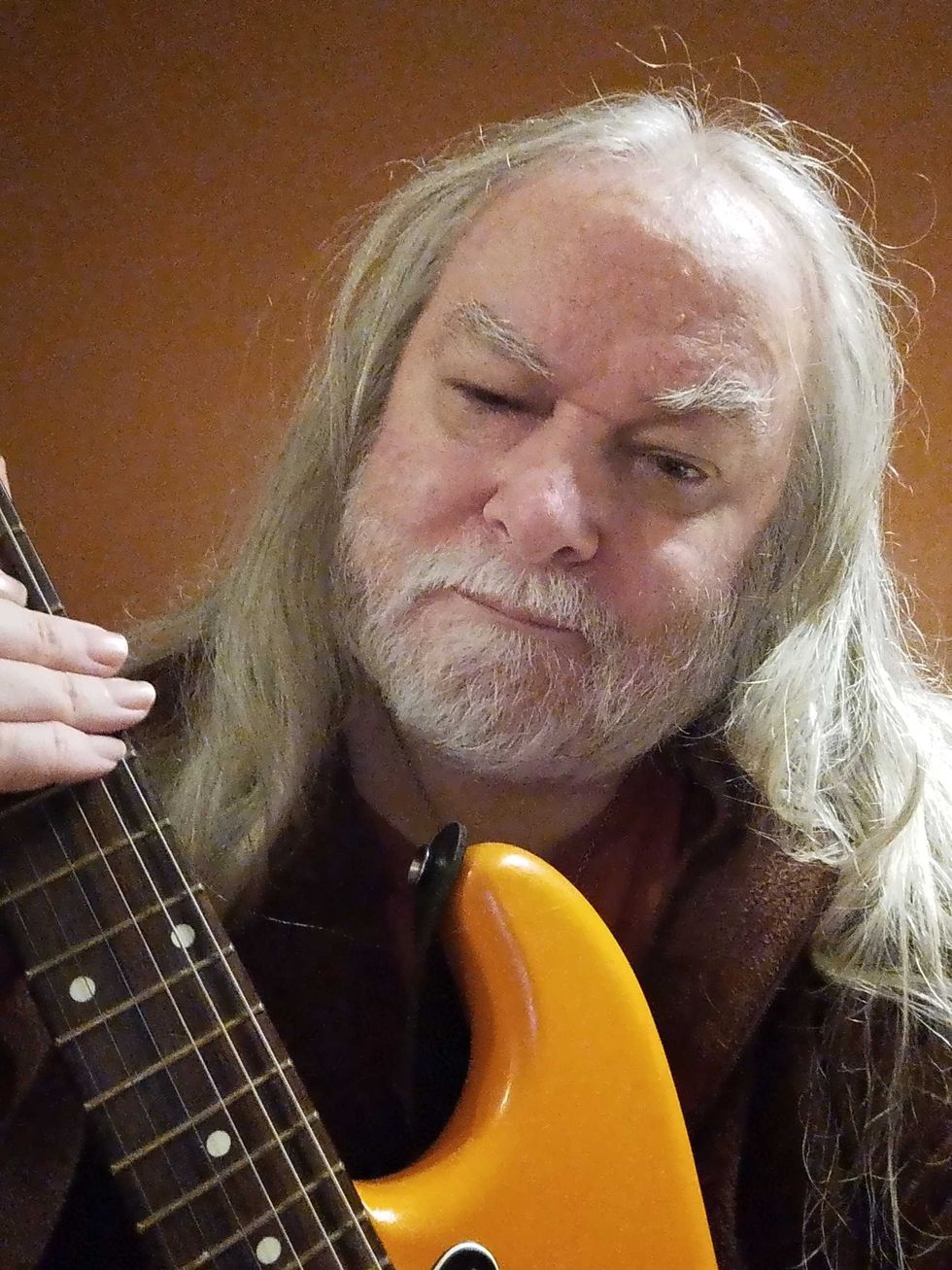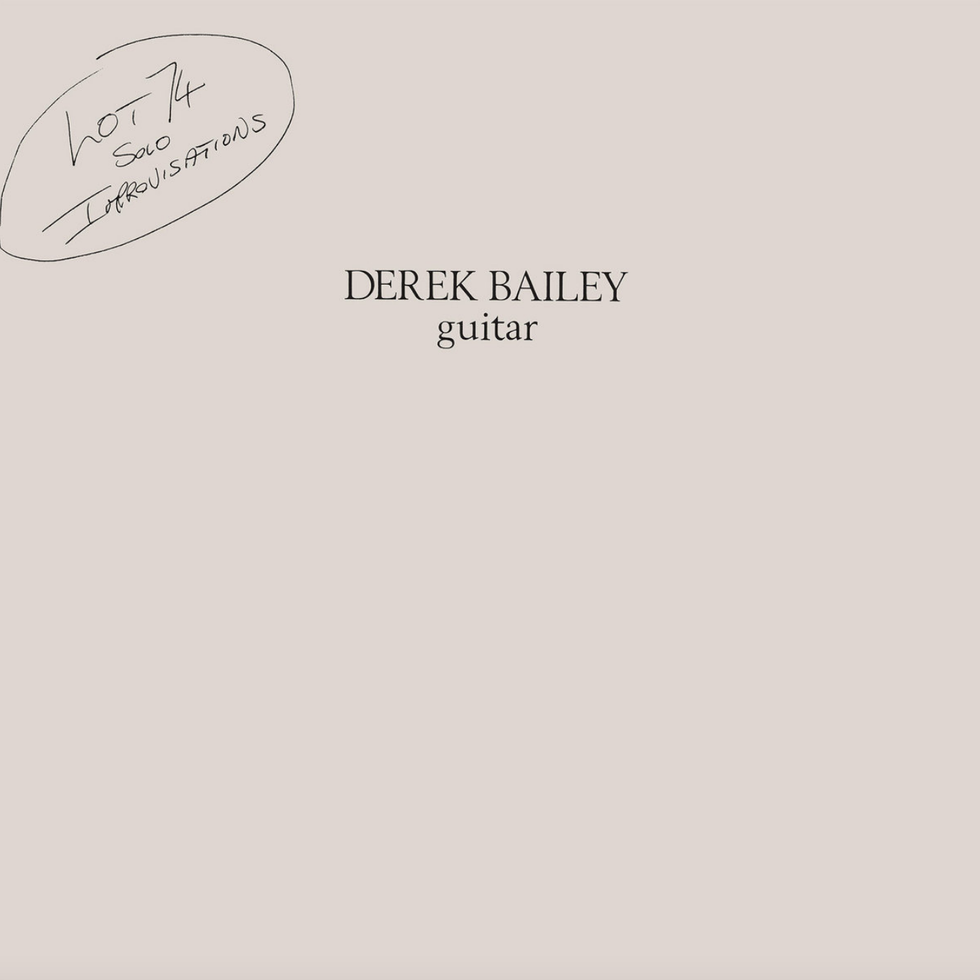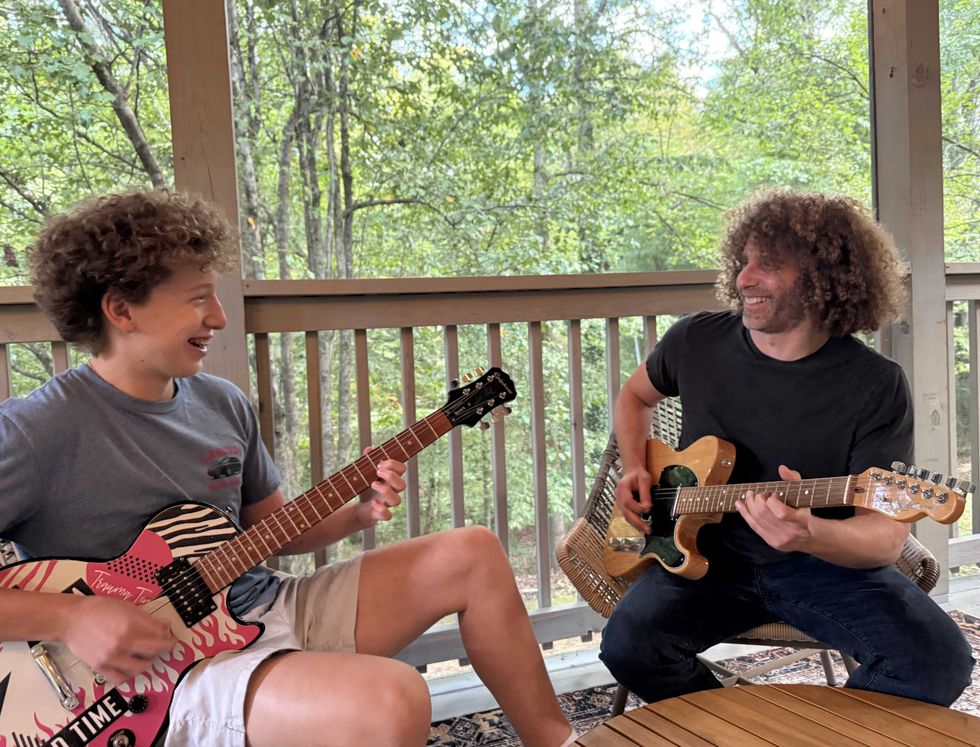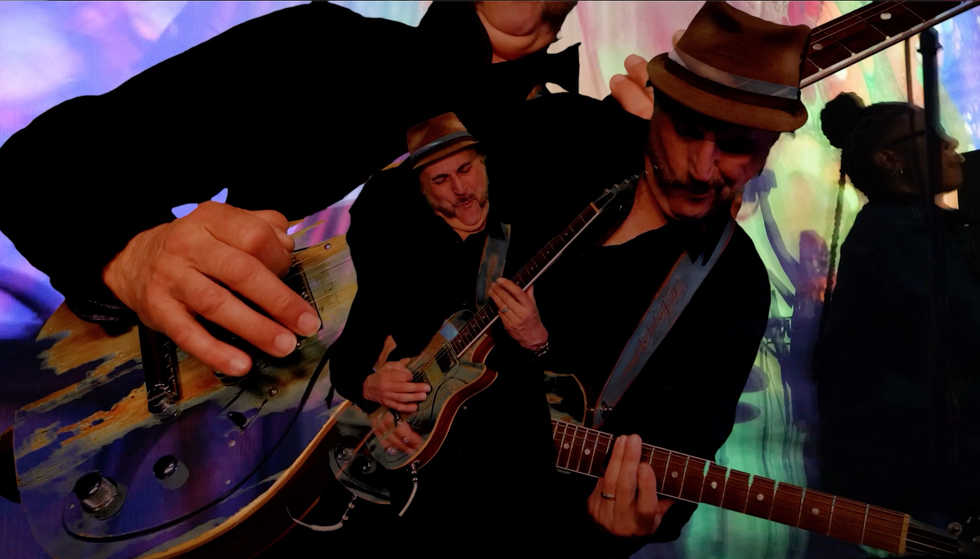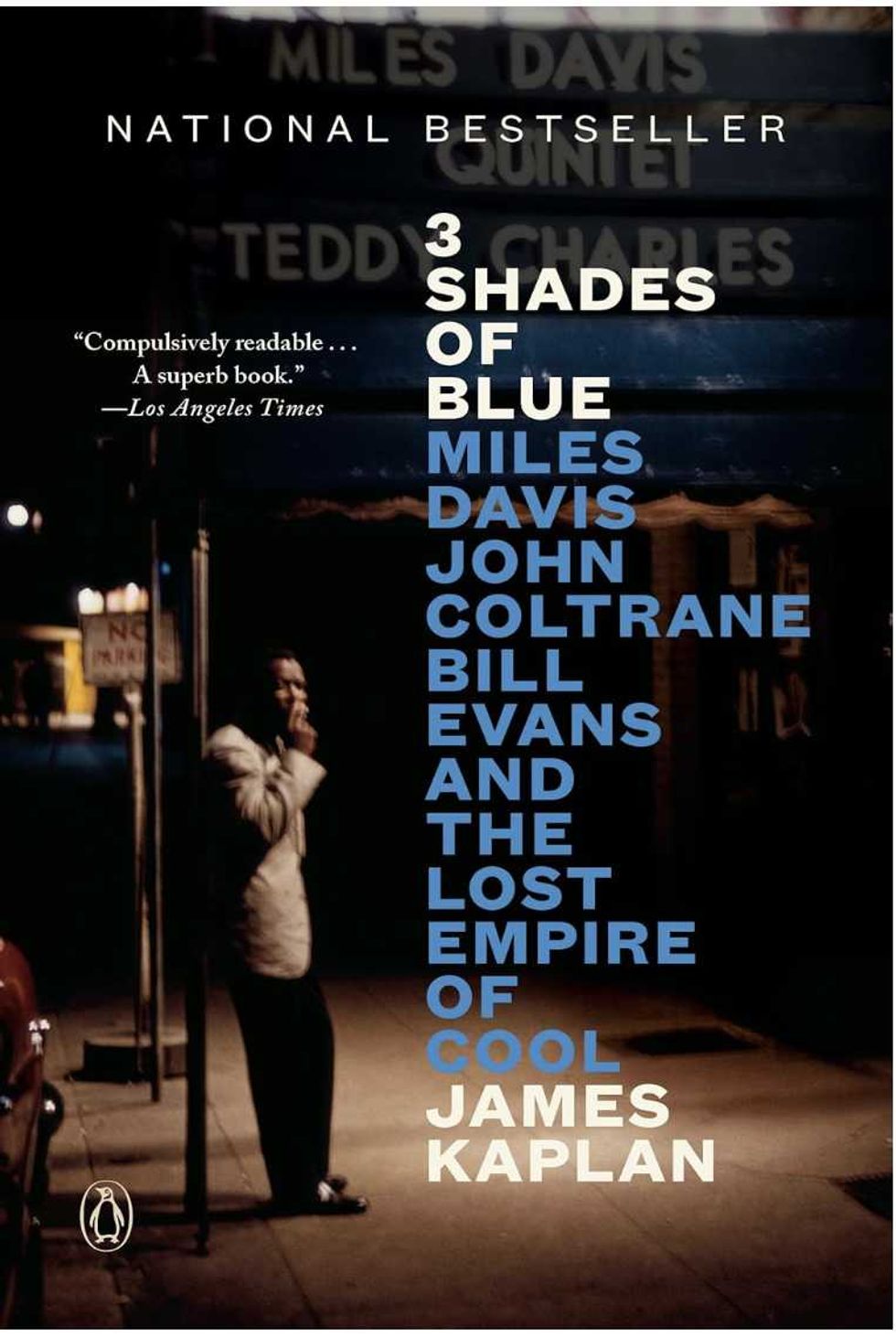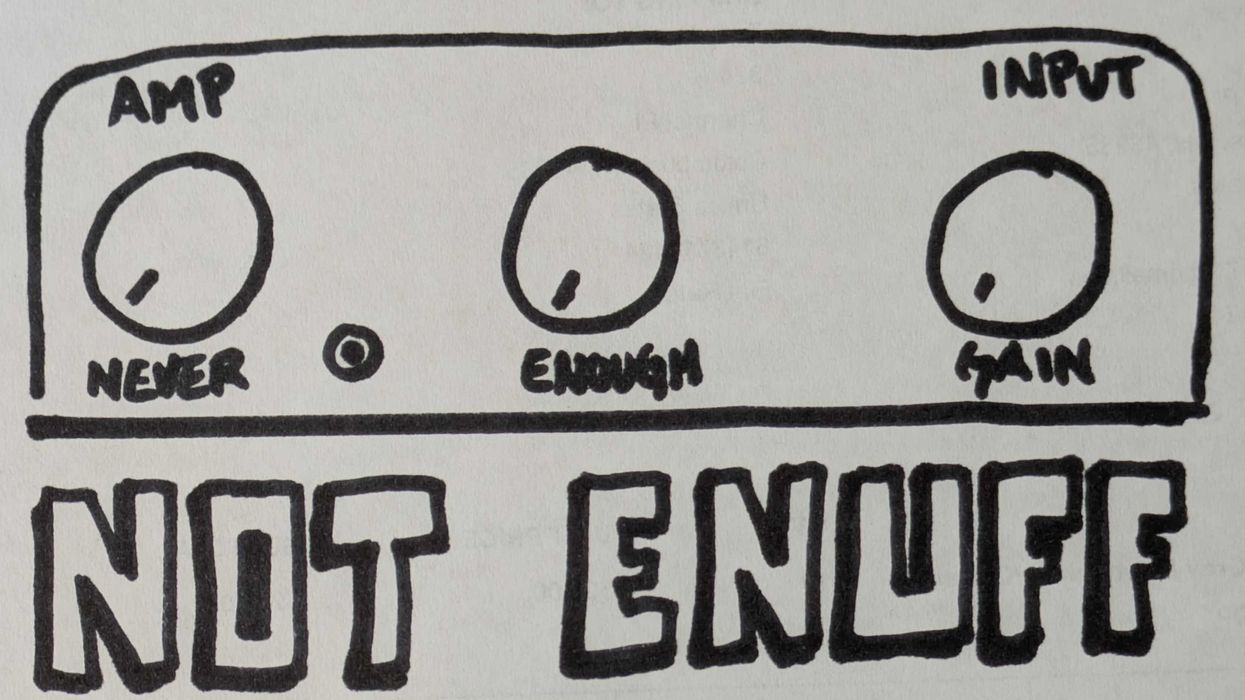Over the years, I’ve done two TV shows with Willie Nelson—Nashville Star in 2004, and a CMA award show a few years later. On TV sets, there’s a lot of standing-around time while producers fiddle with lights and other details. What struck me both times was that whenever the action stopped, Willie did not stand around: He’d get on the ground and rip out a bunch of pushups. No wonder that today, at 92, Willie Nelson is still out there, braids swinging and beating Trigger, his Martin N-20 he bought new in 1969, like it owes him money. Willie and that guitar have both ridden some hard miles that have left them a bit threadbare, but to my ears, their voices are a bit warmer, softer, and darker for it—like weathered tapestry. You have to marvel at his endurance. In an era where artists tour sparingly and drop albums like rare comets, Willie Nelson is a throwback to a time when musicians lived to play and create, night after night, record after record.
Willie’s numbers tell the story. Since his debut album, …And Then I Wrote, in 1962, he’s released 153 albums—76 solo studio records, 26 collaborations, 14 live albums, 51 compilations, and soundtracks like The Electric Horseman and Honeysuckle Rose. That’s roughly 2.5 albums per year over 62 years. His latest, 2024’s Last Leaf on the Tree, proves he’s still got something to say. Compare that to today’s artists: Many release an album every two to three years, often with heavy promotion and long breaks. Billie Eilish, a generational talent, has three albums since 2019. Taylor Swift, a prolific outlier, has averaged roughly one album per year since 2006. Willie’s output dwarfs them all.
Then there’s the road. Estimating Willie’s live shows is like counting stars, but conservative math suggests he’s played 4,700 to 10,000 gigs since the 1950s. In his peak decades (1960s–2010s), he averaged 50–100 shows annually, from honky-tonks with Ray Price to headlining Farm Aid, which he co-founded in 1985. A 2018 Rolling Stone piece noted that even at 85 he was still clocking 100 dates a year. That same year, his harmonica player, Mickey Raphael, claimed to have played over 5,400 shows with Willie since 1973. Today’s artists? Many cap tours at 20–50 dates, citing burnout or “self-care.” The contrast is stark: Willie’s work ethic is a relic of a bygone era.
Why the difference? Part of it is cultural. In Willie’s day, musicians survived on gigs and records, not streams or brand deals. The 1960s and ’70s demanded constant output—labels expected albums, fans expected shows. Willie, Waylon, and the Outlaw crew thrived in that grind, playing dives and arenas alike. Today, streaming platforms prioritize singles over albums, and social media rewards viral moments over sustained creation. Artists can tour less and still profit through merch and sync deals. Willie’s era had no such shortcuts.
But it’s not just economics. Willie’s drive feels existential. Born in 1933, he’s outlived the male life expectancy of his time (59.1 years) and today’s (74.8 years). Despite early years of heavy smoking and drinking—traded for marijuana in 1978—Willie’s still here, defying odds. I suspect it’s because he has to create. Music isn’t just his job; it’s his oxygen. Compare that to modern artists who pause careers for side hustles or other non-musical reasons. There’s wisdom in balance, but Willie’s relentless output suggests purpose fuels longevity.
He’s got things to do, but he never seems rushed … he’s just always moving. Like his 1993 song says: “Still is still moving to me / I swim like a fish in the sea all the time / But if that’s what it takes to be free, I don’t mind / Still is still moving to me / Still is still moving to me.”
Willie cut his classic 1975 record, Red Headed Stranger, in a week, and on a shoestring budget. It’s not a polished effort, but it carries a lived-in authenticity, each track a snapshot of a moment. Today’s overproduced tracks can feel like products, not stories. Stranger feels like Willie is an old friend sitting in your living room, singing his story.
What can we learn from Willie? For musicians, it’s a reminder that creation is a muscle—use it or lose it. The road, the studio, the stage … these are where songs are born, not in boardrooms or Instagram reels. Willie’s not chasing trends; he’s chasing truth. His 153 albums aren’t all masterpieces, but they’re all him. Modern artists could take a cue: make more, fear less. Quantity breeds quality when you’re unafraid to fail.
Willie has had plenty of tragedy and struggle, but one of his superpowers is his ability to let go of worry and lean into the good in life. As he has said, “Worry will make you sick. I’ve never seen it accomplish anything. I’ve never seen worrying about something change it, so I decided not to do it. Every negative thought you have releases poison into your system … so if you’re thinking negatively about something, erase that.”
In a world of fleeting hits and curated personas, he’s a beacon of what it means to live for the music. Maybe that’s why he’s still here, outlasting time itself.
